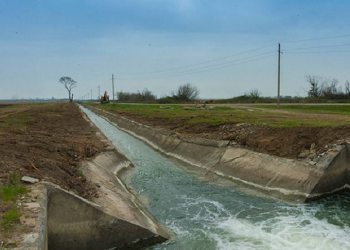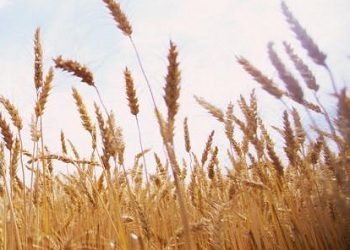- Details
Currently, the Georgian agricultural sector is characterized by relatively low productivity (by international standards) and its contribution to the GDP of the country is much lower than what it could be, considering that 45%1 of the Georgian labor force is currently employed in agriculture. Increasing the productivity and competitiveness of the Georgian agricultural sector could, therefore, generate substantial economic and social benefits.
There are many bottlenecks that contribute to this current state of affairs:
• Low quality and quantity of irrigation and drainage services;
• Inefficient use of water by farmers;
- Details
The Government of Georgia (GoG) intends to create a national agricultural insurance program to achieve the following objectives: (i) developing the agricultural insurance market in Georgia; (ii) supporting agricultural production and increasing the competitiveness of farmers; and (iii) supporting the income of people involved in agricultural activities and minimizing their risks. Two pilot projects were implemented in 2014 and 2015, which on average subsidized 94% and 55% of insurance premiums, respectively. Along with these pilot projects, the government has initiated the development of a sustainable long-term crop insurance policy and regulatory framework. In the near future, it is expected that the government will decide on a model that will be used to manage the agricultural insurance process in Georgia.


